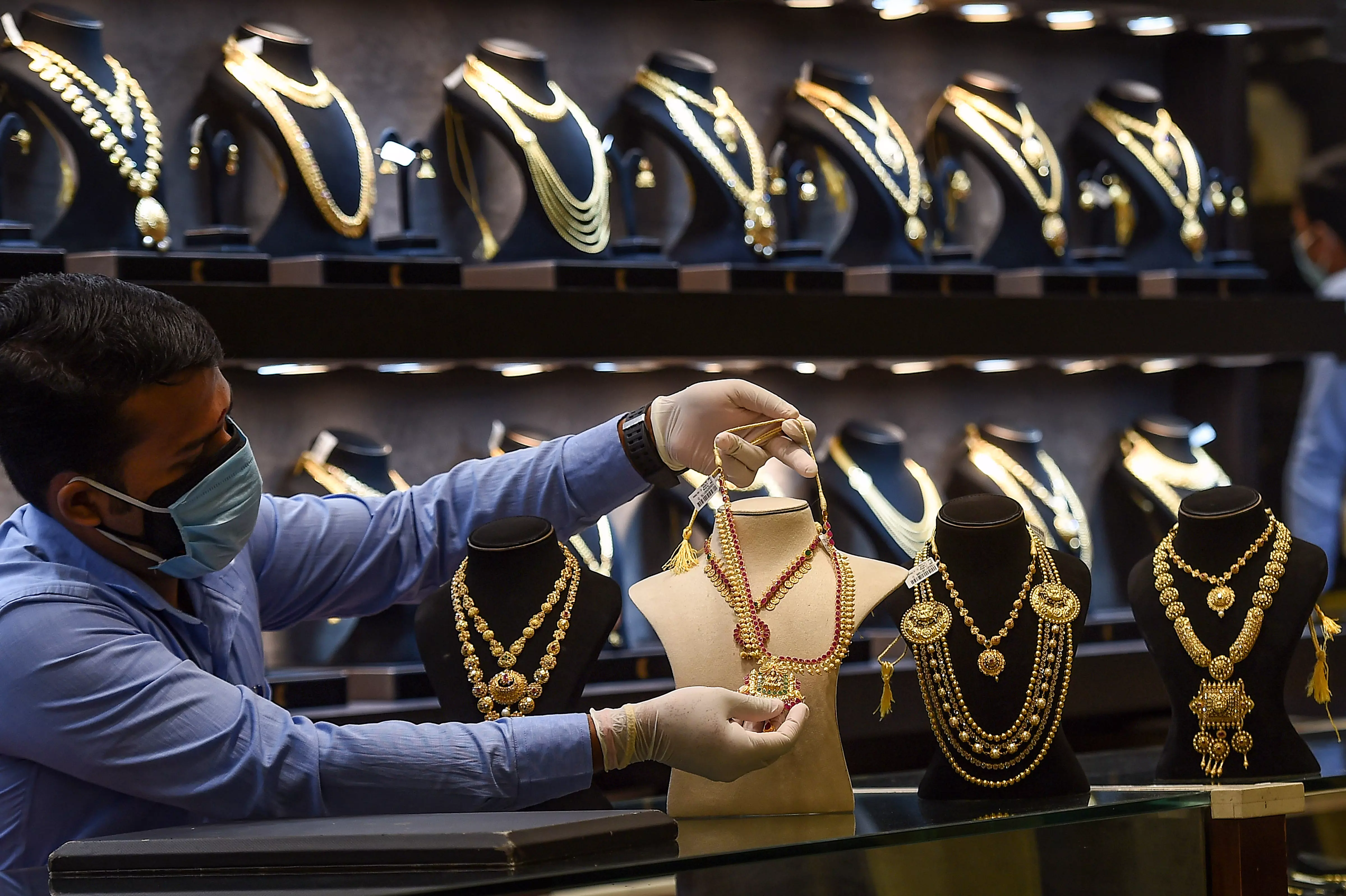Grading reports essential while buying gemstones

Central Consumer Protection Authority recently met the gems and jewellery industry stakeholders to ensure adequate disclosure practices with regard to lab-grown diamonds. (Representational image: PTI)
Chennai: The Central Consumer Protection Authority recently met the gems and jewellery industry stakeholders to ensure adequate disclosure practices with regard to lab-grown diamonds. This development underscores the importance of right grading practices in the gemstone market.
According to GJEPC, the critical concerns regarding the lack of standardized terminology and inadequate disclosure practices in the diamond sector have resulted in consumer confusion and misleading practices, especially concerning the differentiation between natural diamonds and lab-grown diamonds.
“We want the consumer protection authority to ensure that lab-grown diamonds follow the guidelines brought in by the Federal Trade Commission in the US,” said Vipul Shah, chairman, GJEPC.
This brings the focus towards the sale of cheaper lab-grown diamonds disguised as natural diamonds.
The structural differences between laboratory-grown and natural diamonds may not always be visible to the naked eye. However, there are more than 20 instruments which can help the diamond supply chain to detect the difference.
A Diamond Grading Report contains a complete quality analysis of each diamond, including the ‘4Cs’ of colour, cut, clarity, and carat weight. Understanding these quality factors is essential when making an educated diamond purchase.
The Federal Trade Commission (FTC) requires jewelers to truthfully and accurately represent the grading system used to determine a diamond's quality. It insists that the term ‘diamond’ should be used only for natural diamonds and laboratory-grown diamonds should carry the prefix ‘lab-grown’ in the grading report.
“The absence of right terminology in the grading report should be made a criminal offence under consumer protection rules,” said Shah. This move will ensure that the investment made by consumers is protected.
Consumers are also investing in rare and high-quality coloured gemstones that appreciate in the long-term. Coloured diamonds, rubies, and sapphires are some of the gemstones that have appreciated at a steady rate during recent decades. Grading reports by organisations like The Gemological Institute of America (GIA) and International Gemological Institute (IGI) are essential while buying the stones.
Pink sapphires, aquamarines, tourmalines, spinels, and tanzanites are some of the gemstones high in demand in today’s fine jewellery space. According to industry observers, tsavorites, Ethiopian and Peruvian opals, garnet and spinels are currently undervalued. As their extraction and processing expenses are rising, these precious stones can become more valuable in the future.
According to GJEPC, the critical concerns regarding the lack of standardized terminology and inadequate disclosure practices in the diamond sector have resulted in consumer confusion and misleading practices, especially concerning the differentiation between natural diamonds and lab-grown diamonds.
“We want the consumer protection authority to ensure that lab-grown diamonds follow the guidelines brought in by the Federal Trade Commission in the US,” said Vipul Shah, chairman, GJEPC.
This brings the focus towards the sale of cheaper lab-grown diamonds disguised as natural diamonds.
The structural differences between laboratory-grown and natural diamonds may not always be visible to the naked eye. However, there are more than 20 instruments which can help the diamond supply chain to detect the difference.
A Diamond Grading Report contains a complete quality analysis of each diamond, including the ‘4Cs’ of colour, cut, clarity, and carat weight. Understanding these quality factors is essential when making an educated diamond purchase.
The Federal Trade Commission (FTC) requires jewelers to truthfully and accurately represent the grading system used to determine a diamond's quality. It insists that the term ‘diamond’ should be used only for natural diamonds and laboratory-grown diamonds should carry the prefix ‘lab-grown’ in the grading report.
“The absence of right terminology in the grading report should be made a criminal offence under consumer protection rules,” said Shah. This move will ensure that the investment made by consumers is protected.
Consumers are also investing in rare and high-quality coloured gemstones that appreciate in the long-term. Coloured diamonds, rubies, and sapphires are some of the gemstones that have appreciated at a steady rate during recent decades. Grading reports by organisations like The Gemological Institute of America (GIA) and International Gemological Institute (IGI) are essential while buying the stones.
Pink sapphires, aquamarines, tourmalines, spinels, and tanzanites are some of the gemstones high in demand in today’s fine jewellery space. According to industry observers, tsavorites, Ethiopian and Peruvian opals, garnet and spinels are currently undervalued. As their extraction and processing expenses are rising, these precious stones can become more valuable in the future.
( Source : Deccan Chronicle )
Next Story

